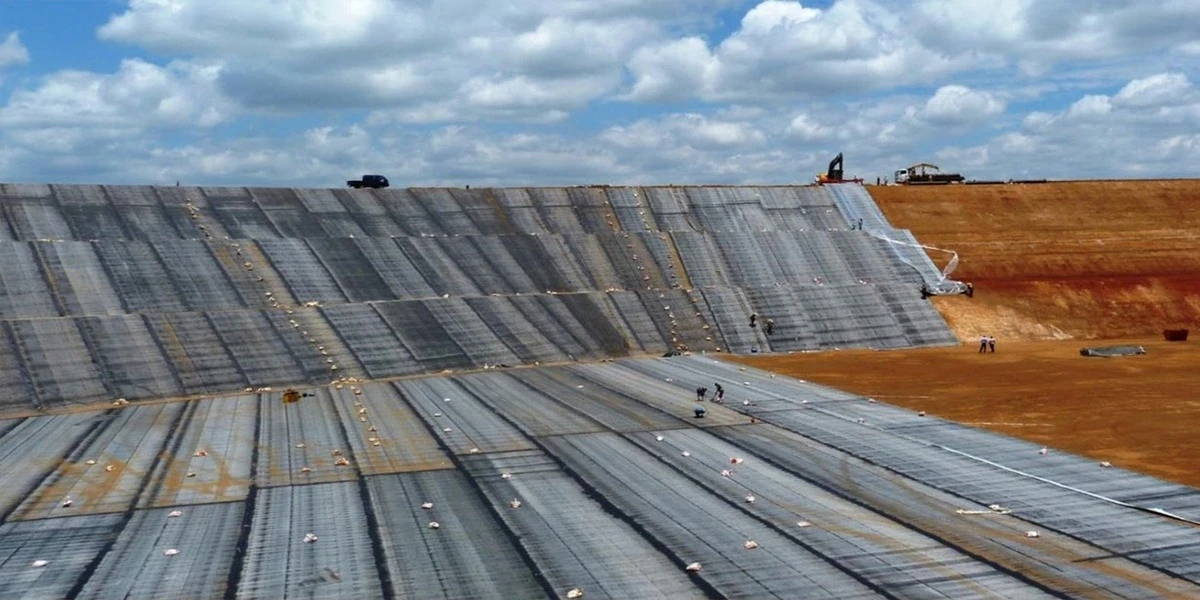

Geomembranes are advanced synthetic materials used in water management applications. Because they create impenetrable barriers, they can prevent fluids and contaminants from leaking into the substrata and groundwater resources, thus ensuring integrity in containment structures like bituminous geomembrane. The installation of geomembranes, however, requires no less than meticulous planning and preparation. This manual is therefore meant to introduce the individual to many essentials focusing on installing geomembranes.
Site preparation is crucial to the success of any geomembrane installation. It should thus follow these steps in detail:
A site survey of the topography, soil condition, and inherent hazards should be examined. These in any case include water tables in the domain, unstable slopes, or underground utilities that may affect operations. Site survey also helps determine the thickness of the bituminous geomembrane liner to use and the anchoring site by the length of anchoring required in terms of drainage. Clear any debris, rocks, and other sharp objects that may puncture the geomembrane. Gradate, level, and compact the ground surface to ensure it's a flat, smooth surface to be conducted on for the installation of the geomembrane.
Modify the subgrade, if required, to improve the laying of the geomembrane, such as adding compacted clay or geotextile layers, to prevent erosion by soils and stabilisation of the geosystem.
Install drainage systems to prevent water from bulking up and eroding under the geomembrane. In this case, perforated pipes or channels intended for discharge may be placed, which will drain off water from the geomembrane.
Use materials for erosion control such as silt fences or even erosion blankets so that soil erosion brought about by these construction activities or by torrential falls does not damage the geomembrane.
The right geomembrane material is the key to the success of your project. The following are the points to consider:
Geomembranes shall have resistance to specific chemicals or fluids they are exposed. Water treatment plants require the membrane to be resistant to several types of chemicals, such as organic matter, acids, and bases. Landfill geomembranes shall have resistance to leachates and other contaminants.
The thickness of the geomembrane should be sufficient for the application and the anticipated loads it would encounter. Normally, more substantial geomembranes are deployed where higher pressures or aggressive chemicals could be encountered.
If the geomembrane is exposed to the sun, then it should have the necessary resistance to UV so that it does not degrade. This is especially important in outdoor applications where the geomembrane is used, such as in landfills and irrigation ponds.
The puncture and tear resistances of geomembranes are very critical, especially where there is a possibility of mechanical damage. The material selection and the thickness of geomembranes will define their ability to resist punctures.
High-quality geomembranes should be sourced from good suppliers, tested, and have the appropriate certificates. The geomembrane must meet industry standards, and quality control procedures must be strict.
Geomembrane installation requires careful planning and implementation. The installation process for geomembranes can be followed as the given below:
The geomembrane should be inspected at regular intervals to determine its placement and also the integrity of the product concerning defects.
Leak detection tests are conducted to determine the integrity of the geomembrane barrier.
YOOIL Envirotech is the leading geomembrane solution provider for water management in numerous applications. We use the expertise and high-quality products that make our products classify as the best within the industry.
Key Features of YOOIL Envirotech Geomembranes:
We make sure to offer premium-quality geomembranes that resist chemical, UV, and puncture attacks.
Our solutions are designed to meet the needs of your project as such and find a solution that best meets your requirements.
Our team of experienced professionals offers professional installation services for high performance.
We maintain green values while keeping our environmental impact as minimal as possible.
Geomembranes keep the protection of our water resources viable through sustainable best guidelines and recommended practices to best manage water. If proper guide provisions for geometer geomembranes are adhered to, a safer, more environmentally friendly future can be created. YOOIL Envirotech aims to offer the most advanced geomembrane solutions for a healthier world. Please do not hesitate to reach out to us to discover how our products can help you solve your water management needs.
